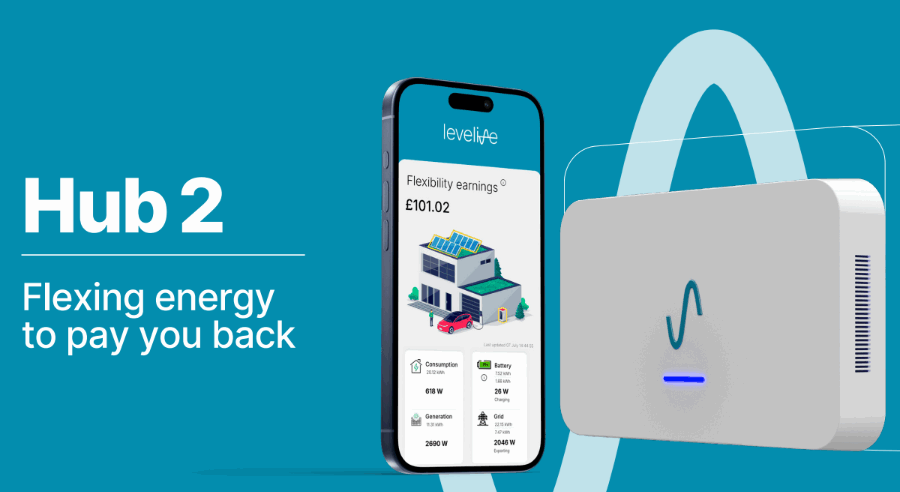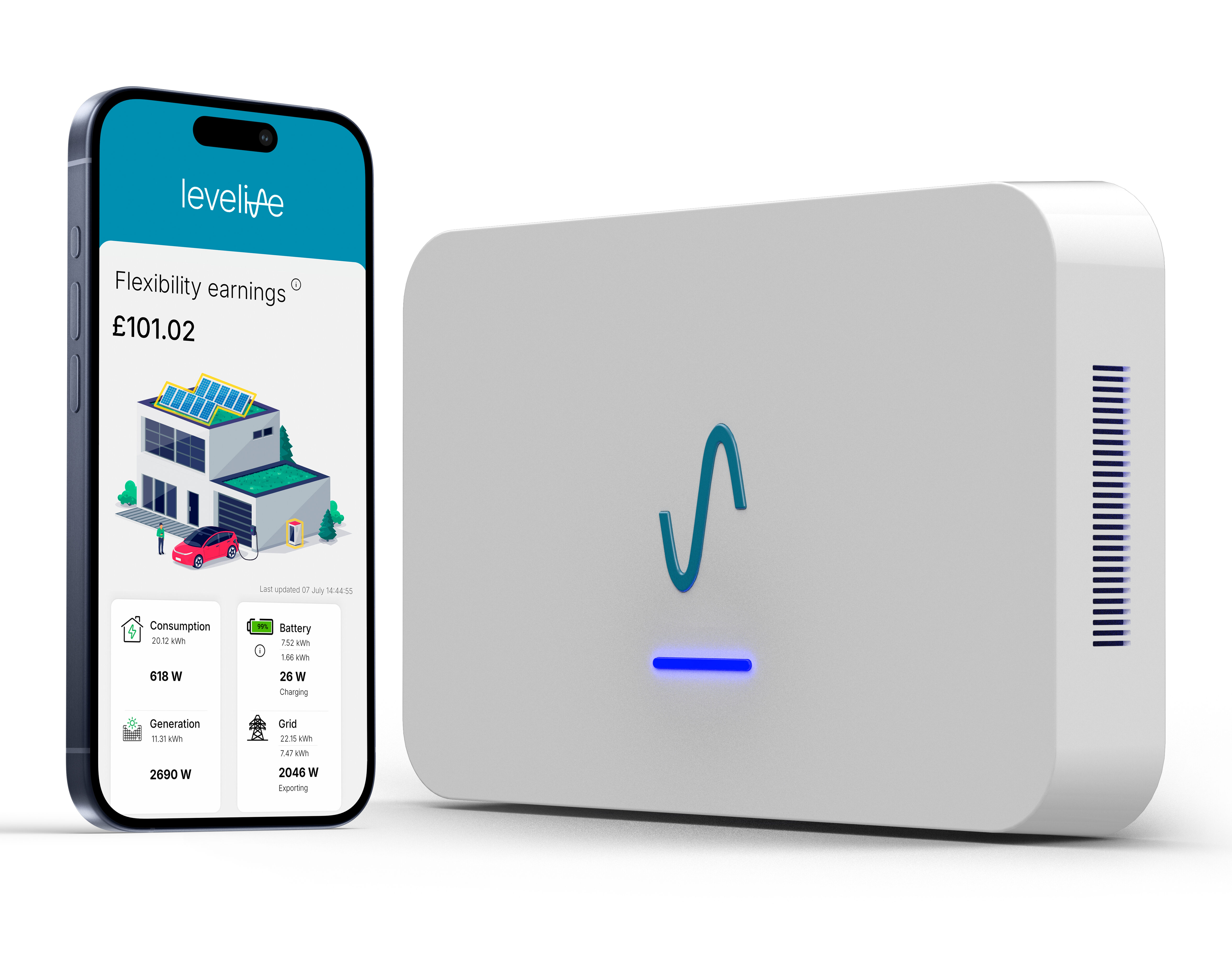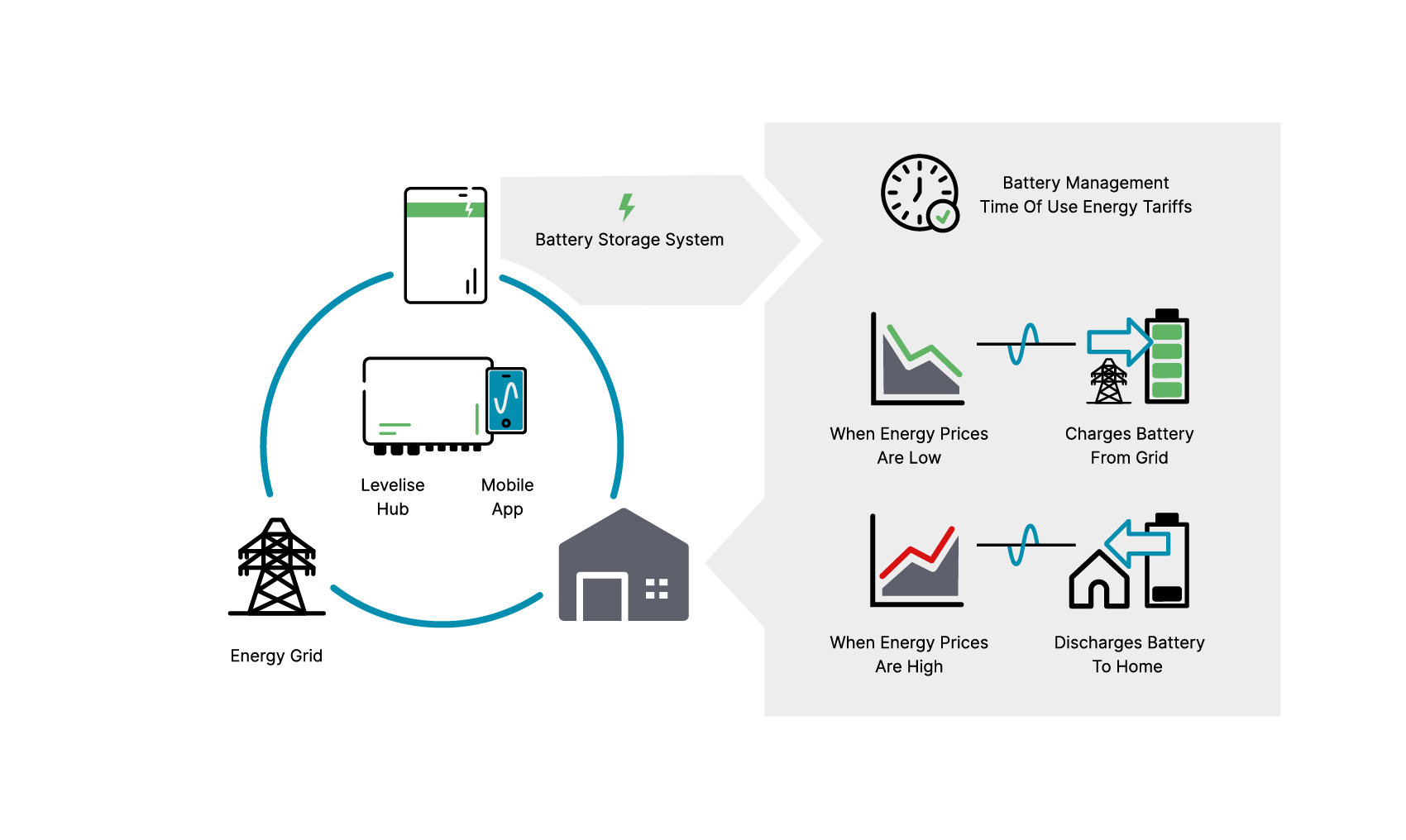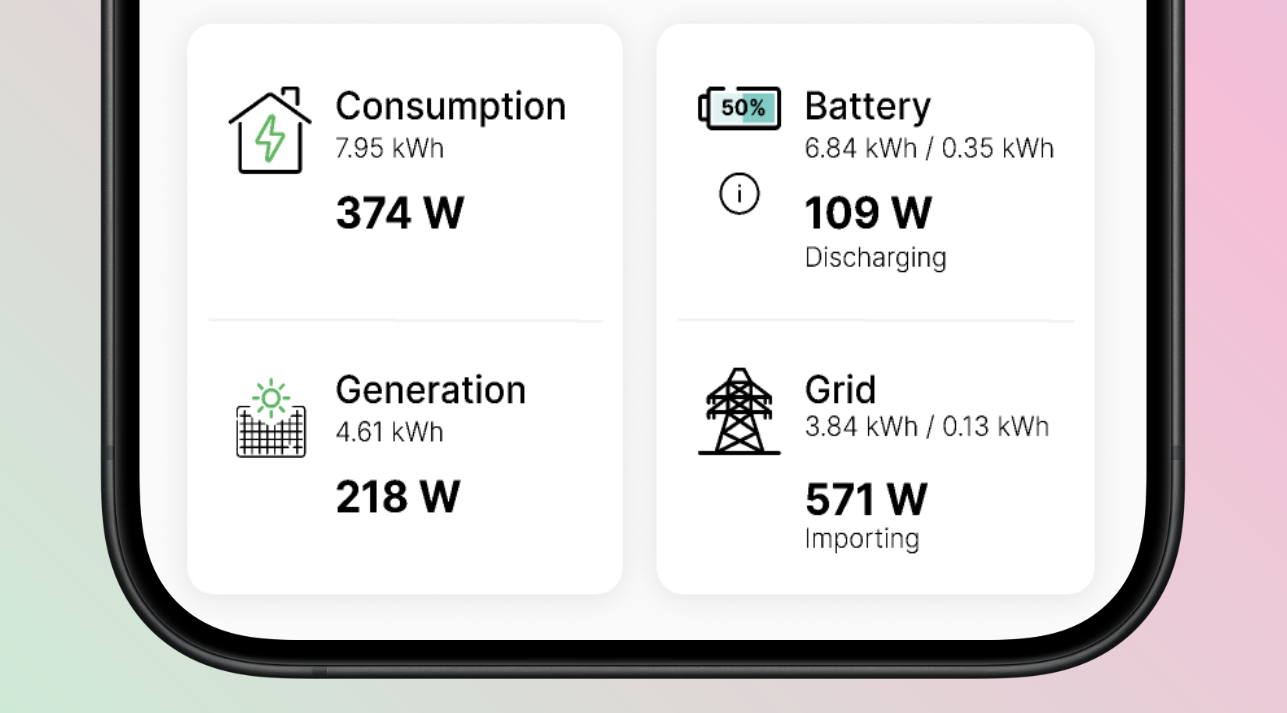Flexibity Trading of Solar Assets: Turning the Curtailment into Opportunity

By Iván Castro León, Director at Levelise
The growth of domestic and commercial solar generation across the UK has transformed the energy landscape. Yet, as more renewable energy connects to the grid, flexibility has become just as valuable as generation itself. At times when the grid is saturated with low-carbon electricity, being able to reduce export, or even turn down generation, can unlock new sources of revenue.
At first glance, curtailing solar output might seem counterproductive. Why would anyone choose to generate less renewable energy? The answer lies in how the electricity market values flexibility. When managed intelligently and aggregated across many distributed systems, strategic curtailment can become a profitable service. This is where Levelise, as a BSC-accredited Virtual Lead Party (VLP), is uniquely positioned to help asset owners and partners benefit.
Turning Curtailment into a Market Asset
Levelise can trade aggregated domestic assets directly in the flexibility and wholesale markets. From the system operator’s perspective, a reduction in solar export appears as an increase in demand, an “upward action.”
For instance, if a solar installation was forecast to export 5 kW but only delivers 2 kW due to curtailment, that 3 kW difference becomes a tradable flexibility product. It can be bid into the market and paid for.
This process relies on Levelise’s metering-compliant hub and data infrastructure, which provide accurate, behind the-meter measurement and settlement. By combining compliance with real-time operational control, Levelise transforms everyday solar systems into market-ready assets capable of participating in balancing, capacity, and ancillary services.
Supporting Grid Stability Through DSO Flexibility
Curtailment also plays a crucial role in Distribution System Operator (DSO) flexibility services. Local networks can face voltage or thermal constraints during times of high solar output. By temporarily reducing export when requested, Levelise helps ease local congestion and supports network reliability.
In return, these flexibility events can generate availability or dispatch payments, providing additional revenue streams for participating assets. It’s a win win: network operators maintain stability without costly infrastructure upgrades, and solar owners gain new income opportunities through their flexible participation.
From Tariff-Based Income to Market-Based Revenues
Many households and businesses rely on export tariffs such as Octopus Agile Outgoing, which reward energy exported to the grid. However, during periods of negative wholesale pricing, these tariffs often pay nothing, or even penalise export.
In these situations, a market-based approach like Levelise’s offers a smarter alternative. Instead of exporting into a zero-value market, Levelise can trade that same “reduction in export” as a valuable flexibility product. The result: positive financial returns, even when the wider market is oversupplied.
This shift from static, tariff-based income to dynamic, market-based flexibility trading represents a major evolution in how distributed renewables earn money.
Curtailment in Solar-Plus-Battery Systems
For hybrid systems that combine solar generation with battery storage, curtailment becomes an essential optimisation tool. By limiting solar charging when the battery is full, or reserving capacity for fast-response flexibility services such as Dynamic Containment, Levelise ensures that assets remain ready to capture the most lucrative opportunities.
In short, strategic curtailment isn’t about wasting potential generation; it’s about prioritising value over volume. Assets can respond when the grid needs them most, increasing total revenues while supporting system balance.
Looking Ahead: The P444 Modification
The upcoming P444 modification to the Balancing and Settlement Code is expected to strengthen this business case further. Once implemented, it will create a mechanism to compensate consumers for curtailed export when participating in flexibility services.
This means households and businesses will be paid not just for energy exported, but also for the value of being flexible. When combined with Levelise’s trading expertise and market access, P444 could mark a turning point in how distributed solar assets contribute to the UK’s energy transition.
A Smarter, More Flexible Future
Flexibility is the next frontier of value creation in the energy system. For solar asset owners, that means new opportunities to earn from moments when the sun is shining too much. Thats where the Levelise Hub adds its value.
Through its role as a Virtual Lead Party and technology provider, Levelise is enabling this transition – aggregating, trading, and optimising domestic solar and battery assets across the UK.
By turning curtailment into opportunity, Levelise is helping build a smarter, more resilient, and more flexible energy future.
Talk to us today about flexibility trading from domestic to commercial solutions.


